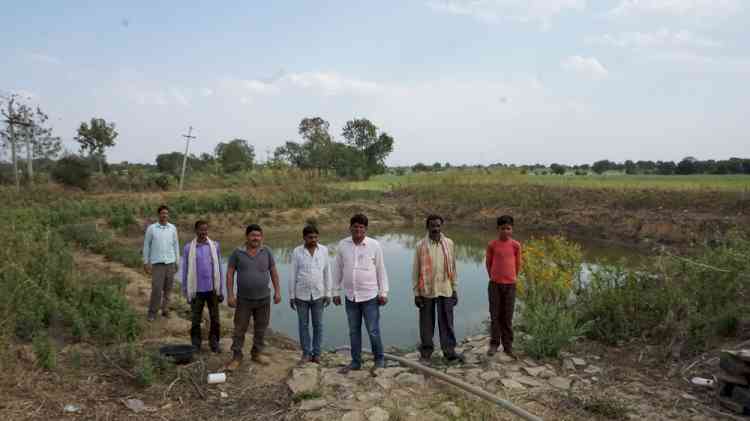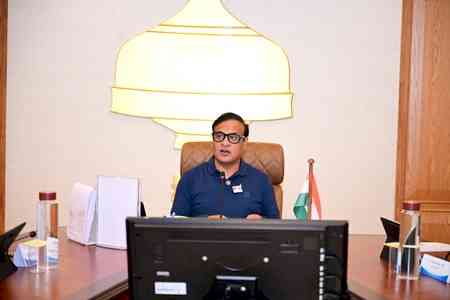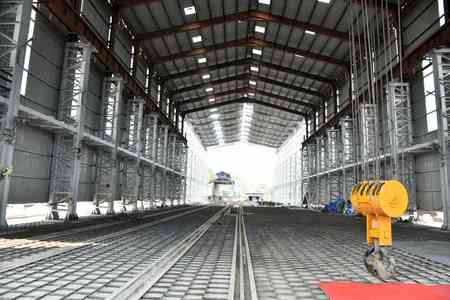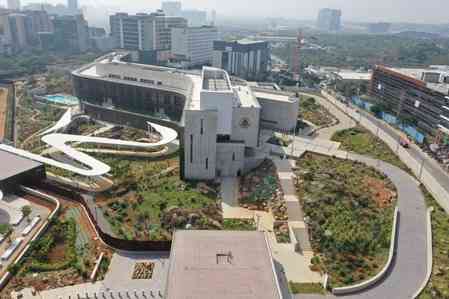Mahindra’s Integrated Watershed Management Project helps conserve over 10 million liters of water per year
Mahindra’s Integrated Watershed Management Project (IWMP) covers 13 villages in Madhya Pradesh

Damoh: The Integrated Watershed Management Project (IWMP) a Public-private partnership between Mahindra & Mahindra Ltd., and NABARD (National Bank for Agriculture and Rural Development) introduced at Hatta-Damoh, Madhya Pradesh in 2015 has resulted in an increased availability of over 10 million liters of surface water per year. An exemplary award winning project in watershed management, IWMP was conceived to uplift the marginalized and vulnerable farming community and address water scarcity issues in the region.
The IWMP programme follows the ‘Ridge to Valley’ watershed treatment model which is based on a thorough examination of the village topography. Factors considered include existing watershed structures, rainwater drainage routes, existing storage tanks and irrigation channels. Each village gets a combination of watershed structures that work in unison to achieve the final overall output. Additionally, the project focuses on the enhancement of farm productivity through activities like seed replacement and a proper package of capacity enhancement for marginalized farmers. Under the program, the creation of SHGs (Self Help Groups) has seen a significant positive impact in many households especially women members.
Commenting on the success of the initiative, Rajeshwar Tripathi, Chief Human Resources Officer, Mahindra & Mahindra Ltd. said, “We at Mahindra are proud to see the kind of impact that the IWMP has had in the last five years. It has led positive developments in the region and is a fine example of a successful Public-private partnership model. The program has also proved to be a sustainable and replicable model which can help the country meet its national goals.”
Mahindra has also introduced and promoted efficient ways of irrigation and demonstrated a structure for a sustainable farming model in the region through the program.This has resulted in a 60% drop in the flood irrigation methods used by program beneficiaries and significant increase in ground water level in the region. Also, 65% of agriculture land was secured with soil moisture retention with a drainage system allowing running water to flow in the region. The program saw the building of 87 farm ponds which help in rain water harvesting. This water is used for irrigation, benefiting over 6000 farmers resulting in an average increase of household income through crop yield by over 50% of the baseline.
Other notable interventions undertaken under the project, include:
• Seed replacement
• Creation of Farm ponds
• Farm bunding
• Toilet construction
• Health camps
• Drinking water tanks and LED lights


 cityairnews
cityairnews 









